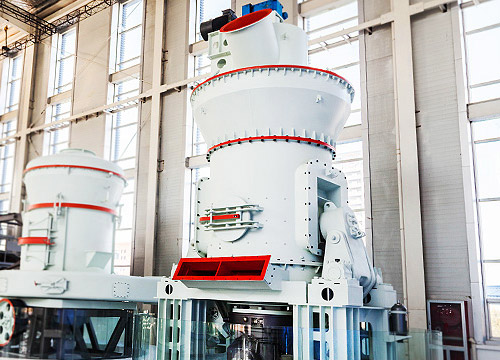Plastic tower packing is widely used in chemical processing industries for gas-liquid contact applications such as distillation, absorption, stripping, and scrubbing. It enhances mass transfer efficiency by increasing surface area and promoting turbulence. Below are key aspects of plastic tower packing for chemical solutions:
Types of Plastic Tower Packing
1. Random Packing
– Pall Rings: Common choice due to high efficiency and low pressure drop (e.g., PP, PVC, PVDF).
– Raschig Rings: Basic cylindrical rings (less efficient than Pall Rings).
– Super Intalox Saddles: Improved liquid distribution compared to Raschig Rings.
– Hiflow Rings: Modified Pall Rings with higher capacity and lower pressure drop. .jpg)
2. Structured Packing
– Corrugated sheets (e.g., Mellapak, Flexipac) made of PP, PTFE, or PVDF for high-efficiency separation.
Common Plastic Materials
- Polypropylene (PP): Economical, resistant to acids/alkalis (<100°C).
- Polyvinyl Chloride (PVC): Good chemical resistance but limited to moderate temperatures (~60°C).
- PVDF (Kynar®): Excellent corrosion resistance for harsh chemicals (e.g., HF, strong oxidizers).
- PTFE (Teflon®): Highly inert but expensive; used for extreme conditions.
- Acid gas scrubbing (e.g., HCl, SO₂ absorption).
- Solvent recovery in distillation columns.
- Wastewater treatment (stripping volatile organics).
- Key manufacturers: Sulzer, Koch-Glitsch, Raschig, Munters.
Key Considerations
1. Chemical Compatibility
– Ensure the plastic material resists degradation from the process fluid (e.g., PVDF for chlorinated solvents).
2. Temperature Limits
– PP: Up to 100°C; PVDF/PTFE: Up to 150°C+.
3. Pressure Drop & Efficiency
– Structured packing offers lower pressure drop than random packing but at higher cost.
4. Surface Area & Void Fraction
– Higher surface area improves mass transfer but may increase fouling risk in dirty solutions.
5. Cost vs. Performance
– PP/PVC are cost-effective; PVDF/PTFE are pricier but necessary for aggressive chemicals. 
Applications
Suppliers
Would you like recommendations based on a specific chemical or operating condition?





Leave a Reply